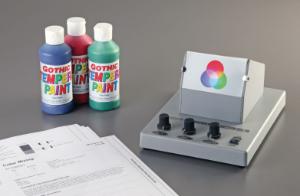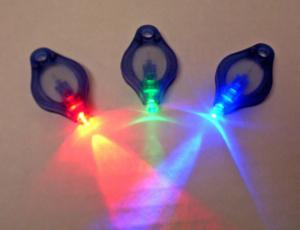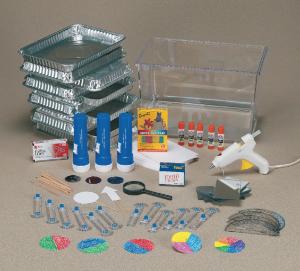Light Waves & Phosphorescence
Grade Level: Middle School
Discipline: STEM
Standards: National Science Standards Alignment
SC.6-8.N.1.1. Define a problem from the curriculum, use appropriate reference materials to support scientific understanding, plan and carry out a scientific investigation of various types, such as systematic observations or experiments, identify variables, collect and organize data, interpret data in charts, tables, and graphics, analyze information, make predictions, and defend conclusions.
SC.7.P.10.1. Illustrate that the sun’s energy arrives as radiation with a wide range of wavelengths, including infrared, visible, and ultraviolet, and white light is made up of a spectrum of many different colors.
SC.7.P.10.2. Observe and explain that light can be reflected, refracted, and absorbed.
SC.7.P.10.3. Recognize that light, sound, and other waves move at different speeds in different materials.
Have your students ever asked you what makes glow-in-the-dark materials 'glow?' We can help you answer that.
Before you begin, familiarize your students with the properties of waves, such as wavelength, frequency, crests, troughs, mechanical vs. electromagnetics, and more. Next, find a phosphorescent wall, a multicolored flashlight, a camera flash, and a very dark room. Then prepare your students for the 'magic' that happens next.
Learn more by downloading the activity plan above.
Recommended Products
[StartProductBlock]

Essential Physics Demos: Color Mixing with Light and Paint
Study the difference between light and pigment. Students can experiment with a variety of colored light combinations by turning on some or all of the three colored bulbs at the same time.
[EndProductBlock]
[StartProductBlock]

Color LEDs
Every color of the rainbow is available. Each of the five LEDs is of a specific wavelength.
[EndProductBlock]
[StartProductBlock]

Exploring Light's Properties Lab Activity
This kit is a complete exploration into the properties of color and light.
[EndProductBlock]
